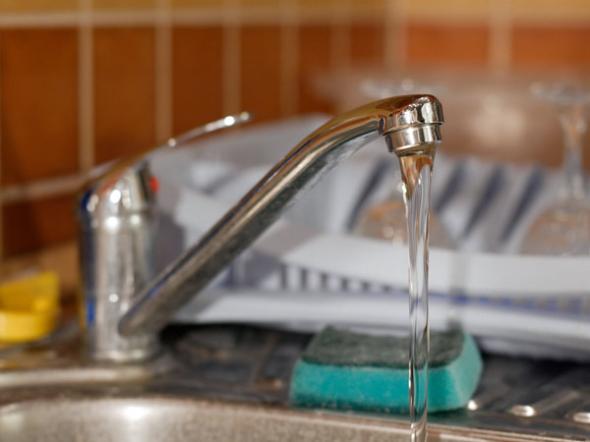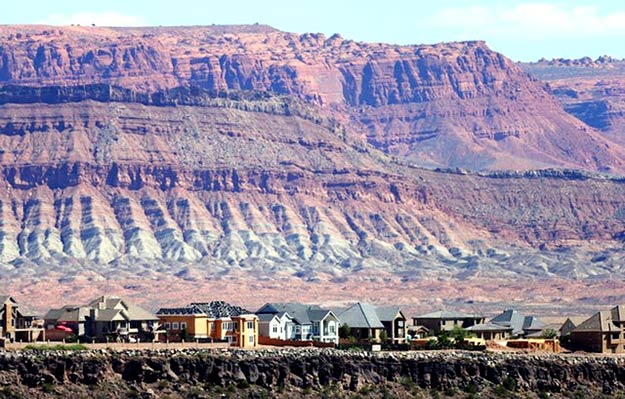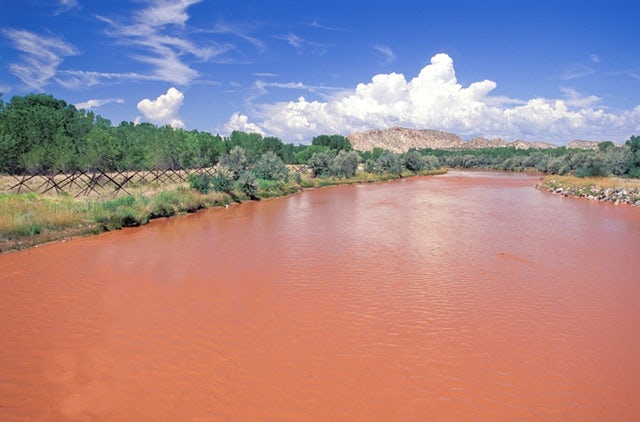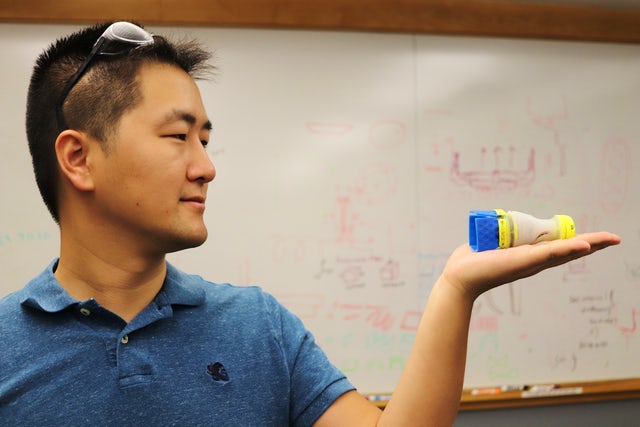The Salesforce Tower in San Francisco is installing a water recycling system to treat gray water and black water from the building, reducing the need for 30,000 gallons of freshwater a day, writes Ceres’ Kirsten James.
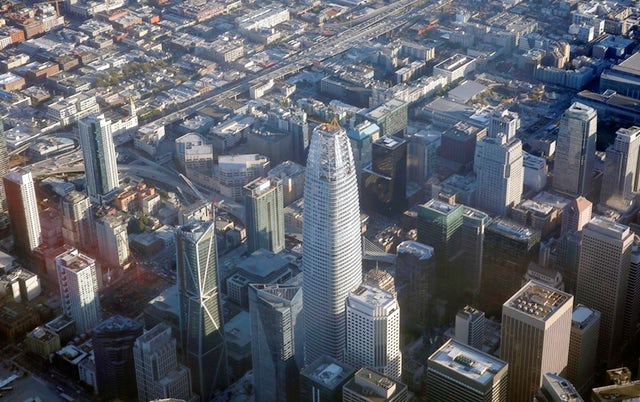
An aerial view of the Salesforce Tower, the tallest building in San Francisco. The tower will utilize a state-of-the-art recycled water treatment system.Tayfun Coskun/Anadolu Agency/Getty Images
San Francisco’s newest skyscraper, Salesforce Tower, is a first in many ways.
At 1,070ft, it is the tallest building in the city, and except for the spire on the Wiltshire Grand in Los Angeles, it’s the tallest west of the Mississippi. It is the first thing seen by travelers approaching the city from any direction, rising above the city’s fog.
Of particular interest to me, Salesforce Tower will also house the largest water recycling system in a commercial high-rise building in the United States. A black-water system will recycle all of the water used in the building to be available again for nonpotable uses, saving about 30,000 gallons of freshwater a day. Read more

